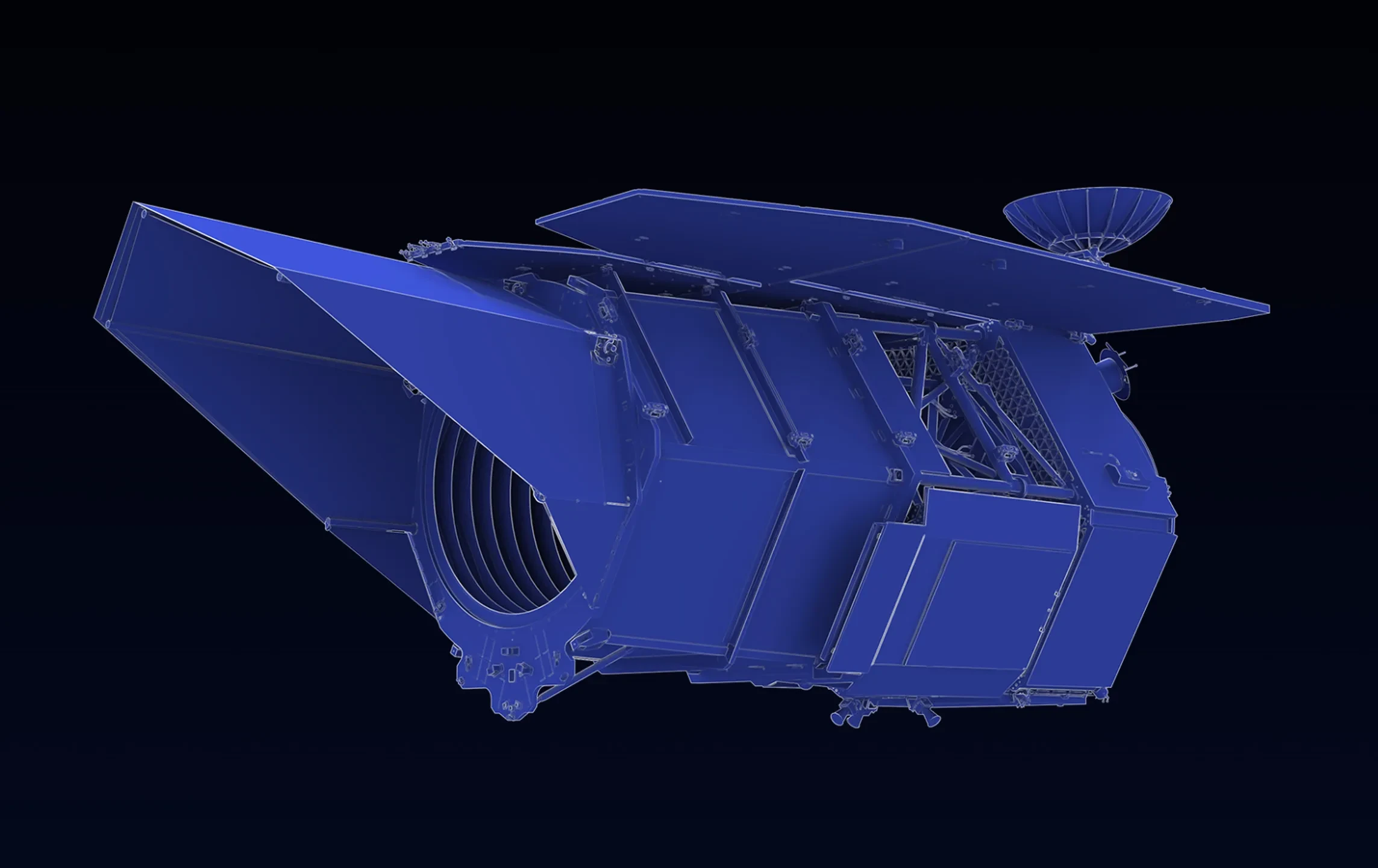101
102
103
104
105
106
107
108
109
110
1
Webb discovers neutron star within supernova remnant - NASASpaceFlight.com
(www.nasaspaceflight.com)
111
1
James Webb telescope spots potential conditions for life on 2 dwarf planets beyond Neptune
(www.livescience.com)
112
113
1
114
115
116
117
1
NuSTAR and NICER observe same radio burst, provide hints into nature of phenomenon - NASASpaceFlight.com
(www.nasaspaceflight.com)
118
119
120
1
A Mysterious Wave-Like Structure in Our Galaxy Found to Be Slowly Slithering
(www.sciencealert.com)
121
1
There may be a 'dark mirror' universe within ours where atoms failed to form, new study suggests
(www.livescience.com)
122
123
124
